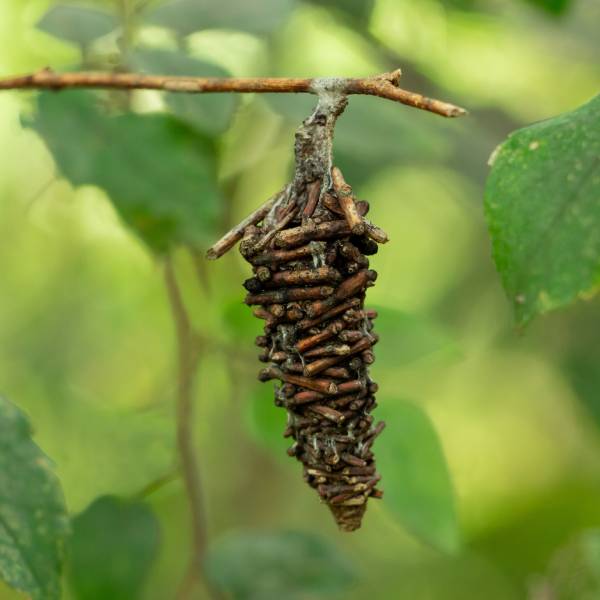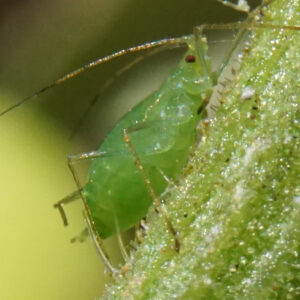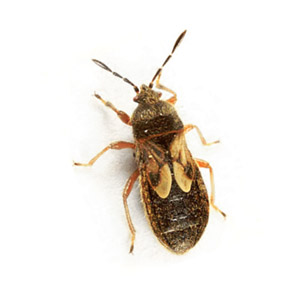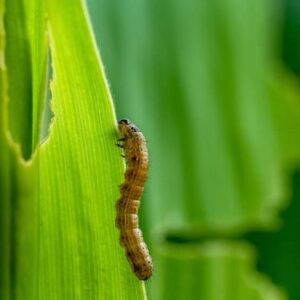Bagworms in Broken Arrow OK
Bagworms are small caterpillars that create protective bags made of silk and plant debris. They infest various trees and can cause significant damage to trees by feeding on their foliage, leading to defoliation and weakening of the plant’s health. These pests also have a unique life cycle, starting with adult moths emerging in the fall, laying eggs inside their bags, and overwintering until hatching in late spring or early summer. The caterpillars disperse, construct their own bags, and continue feeding and growing. They eventually enter the pupal stage, transforming into adult moths and completing the life cycle.
Bagworm Habitat
Bagworms are commonly found in North America, including Broken Arrow OK, and can infest various types of trees and shrubs. They have a preference for evergreens like junipers, arborvitaes, and spruces. Bagworms can be extremely damaging to trees because they feed on the foliage, defoliating the branches and weakening the overall health of the plant. If left unchecked, a severe infestation can lead to tree decline or even death.
Bagworm Habits, Threats, & Dangers
Bagworms themselves are not dangerous to humans or pets. They do not bite, sting, or pose any direct harm to people. However, bagworms can be damaging to trees and shrubs. Their feeding behavior can lead to defoliation, weakening the health of the plants they infest. In severe cases, extensive defoliation caused by a large bagworm population can result in the decline or death of the affected trees.
It’s important to note that while bagworms are not dangerous in a direct sense, their impact on the landscape and plant health can be significant. Prompt identification and appropriate control measures are necessary to prevent or minimize the potential damage caused by bagworm infestations. If you are dealing with a bagworm, it is best to contact a licensed exterminator.





